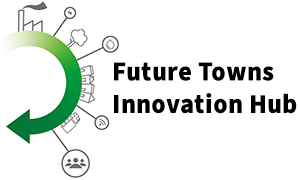During the “Getting Ready” phase, you will have written your vision for change.
Now that you’ve gathered rich insights and a deeper understanding of the challenge, it’s time to bring everything together in a clear, focused and actionable project brief.
Think of this document as your project’s compass. It will guide your team through the next phases, keeping everyone aligned and on track.
A strong Project Brief distils complex information into a format that’s easy to understand, share and build upon. It connects your research with your goals and lays the foundation for practical action.
Here’s what your project brief should include:
- The problem statement: A sharp, evidence-based definition of the issue you’re tackling. This should reflect the lived experiences, data, and insights you’ve gathered - capturing not just what the problem is, but why it matters.
- The change you aim to create: Your vision of success. What does a better future look like if this project works? This should be bold but grounded – an inspiring outcome that’s achievable and motivating.
- Stakeholder insights: A summary of what you’ve learned from the people you engaged. What are their needs, concerns and ideas? How have their voices shaped your understanding of the problem and your approach to solving it?
- Scope and constraints: Be clear about what the project will and won’t cover. What’s within your control and what isn’t? Are there time, resource or political constraints to consider? Setting boundaries now will help manage expectations later.
- Key measures of success: How will you know if you’re making progress? Define a few clear, meaningful indicators that will help track the project’s impact over time – both qualitative and quantitative.
Creating a project brief isn’t just an admin step - it’s a moment to pause, reflect and align before moving into action. It sets the tone for the work ahead and helps bring others along for the journey.


Please sign in or register to make a comment.